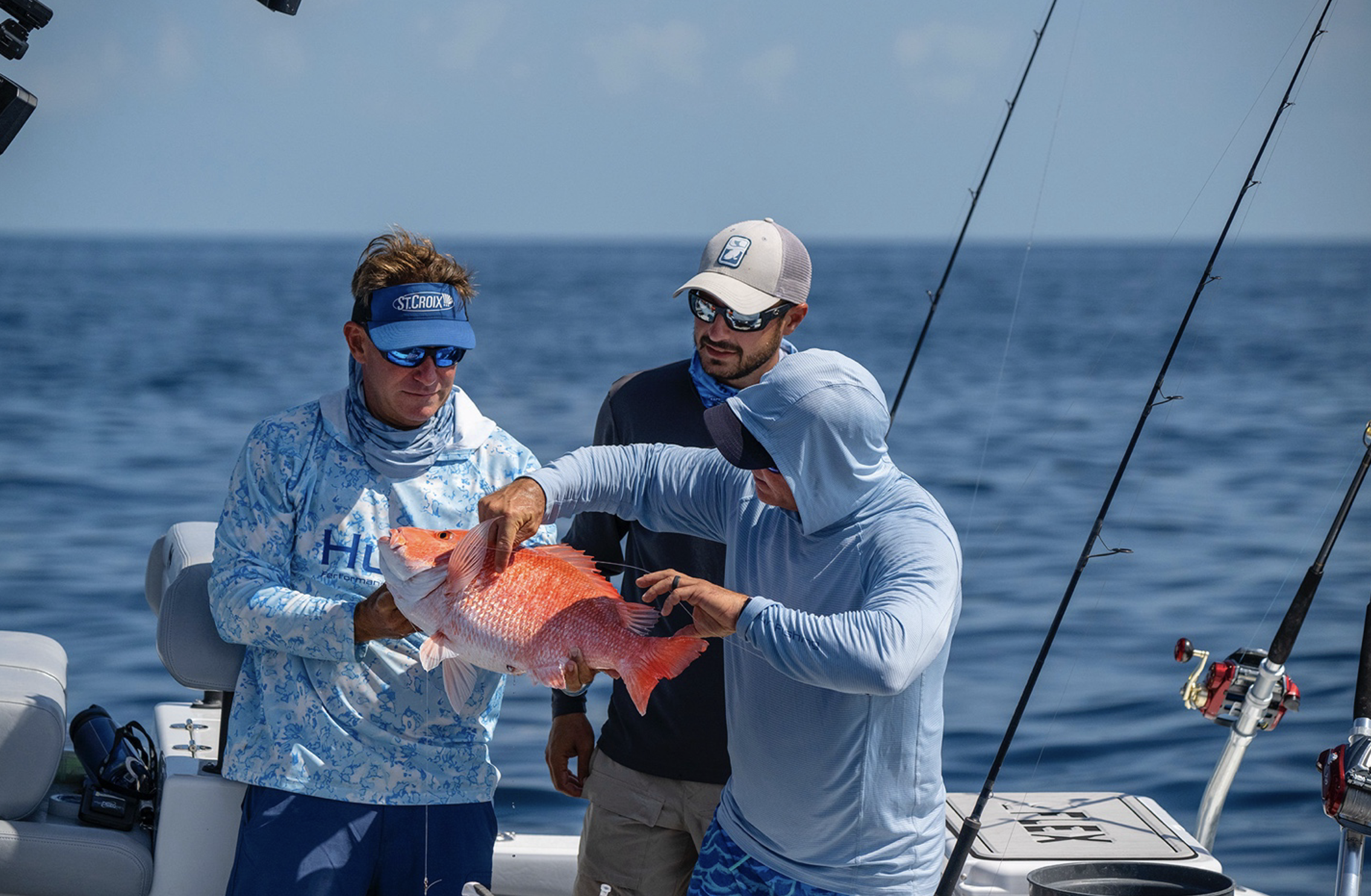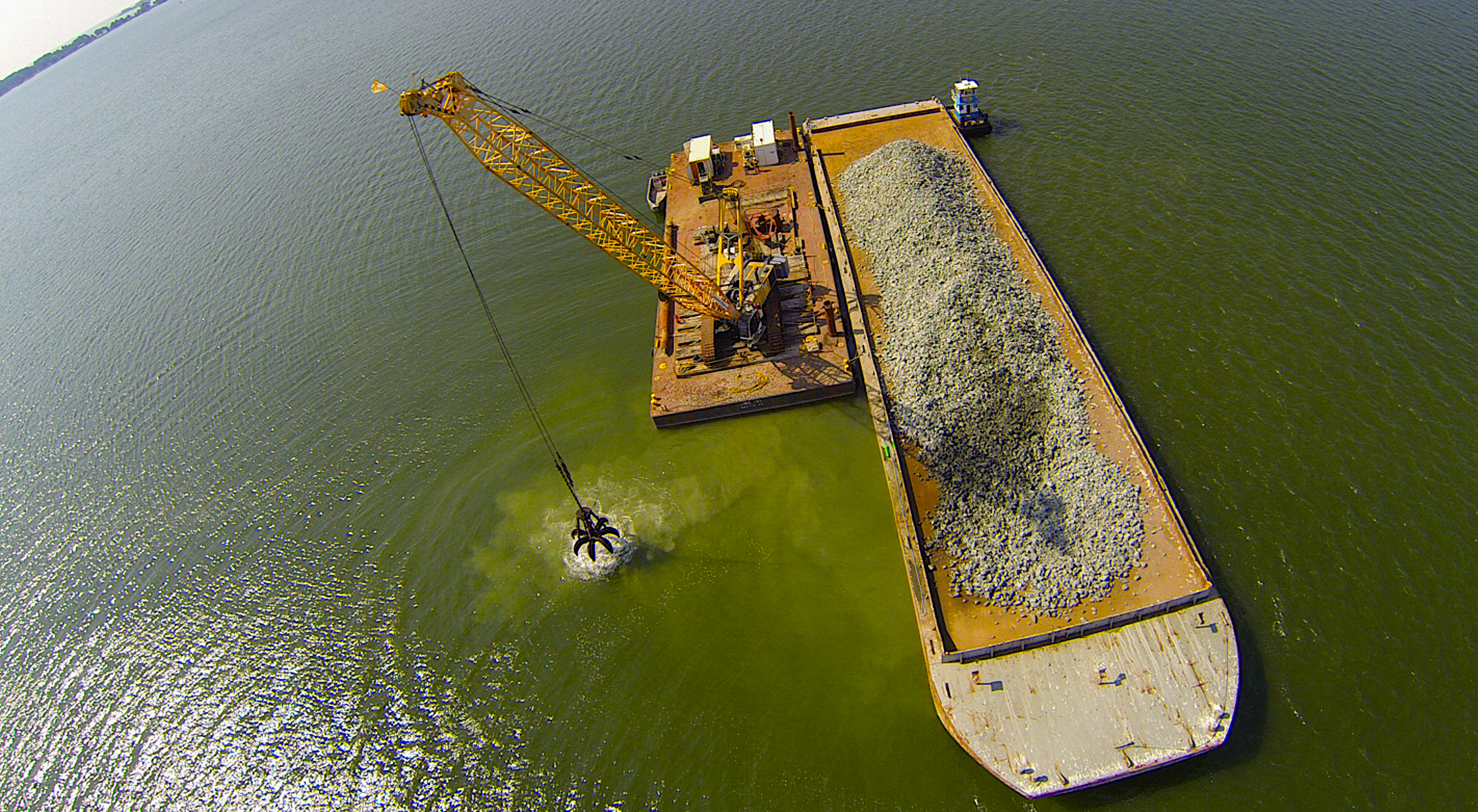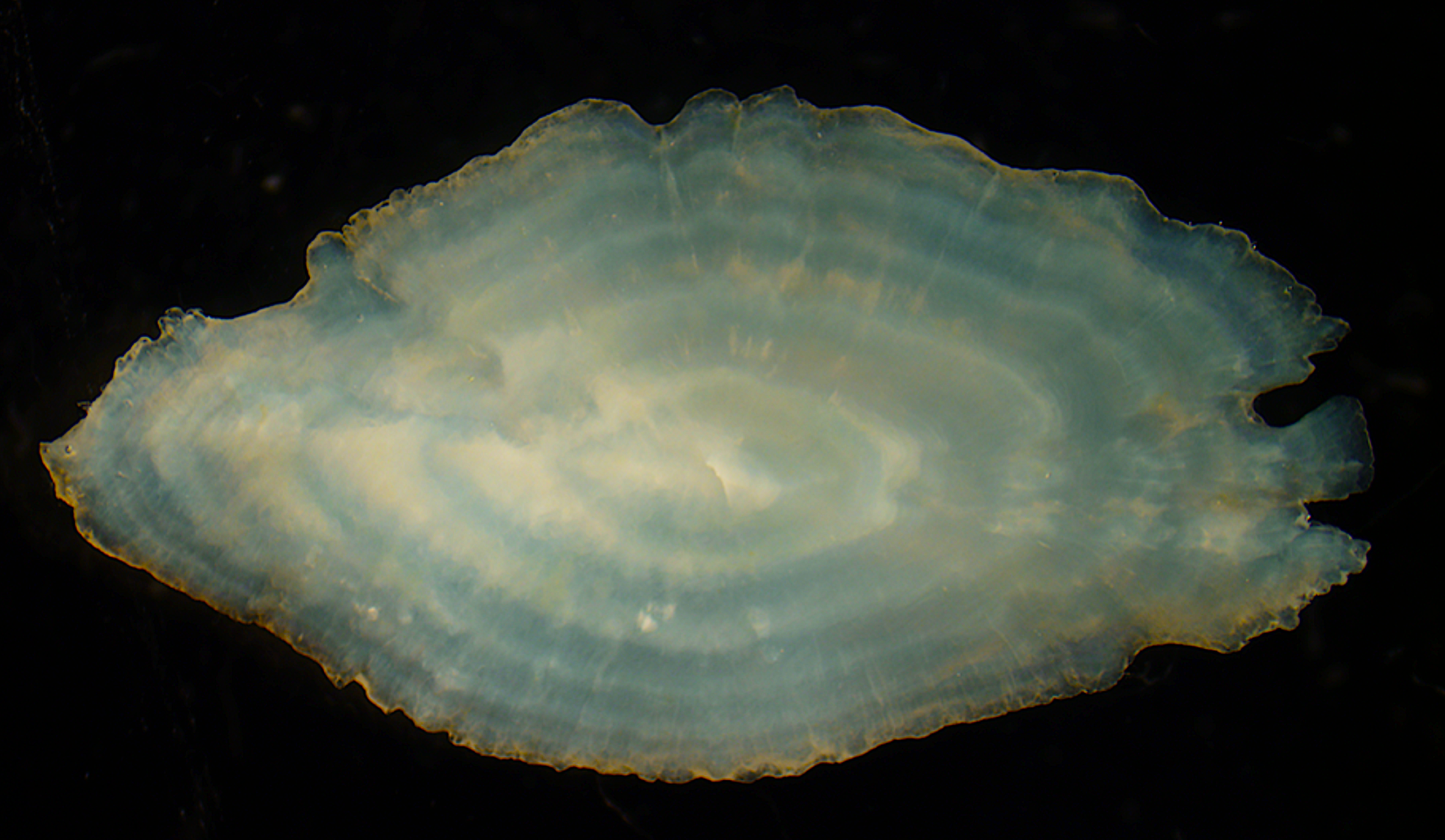What if Fishing Tournaments Could Be Great Competitions and Helpful to Science?

New research looks at whether historical records from recreational fishing tournaments can be useful sources of information about long-term trends in recreational fisheries.
Research Need
It can be challenging for a recreational fishing manager to obtain valid long-term data for use in monitoring the status and trends of a fishery.
Several tools are available for monitoring a fishery, beginning with structured fisheries surveys conducted by management agencies. In some fisheries, stakeholder logbook programs and fishing tournament data have been used to supplement survey data.
Recreational fishing tournaments have increased dramatically in the southeastern U.S. Records from these fishing tournaments could be especially valuable, because they have been occurring for decades.
The bonefish fishery is vital to the history and economy of the Florida Keys, and bonefish are the focus of numerous fishing tournaments, due to their year-round availability and abundance. Researchers wondered if bonefish tournament records could support or add to existing data about the health of the bonefish fishery.
What did they study?
The research team collected bonefish tournament records from participants and organizers, as well as from press releases and media. They excluded tournaments that did not have at least 10 years of records prior to 2010 (the year of an extreme cold spell that impacted bonefish) and tournaments that did not have at least 5 years of records after 2010.
Ultimately, only a single tournament met their selection criteria: Islamorada All Tackle Bonefish Invitational Bonefish and Permit Championship, from 1968 to 2021.
Analyzing this tournament’s 53-year record in detail, they used the average number of bonefish caught per boat per day as an index of the catch, the largest fish caught in the tournament as an index of size, and the number of tournament anglers as a measure of participation.
What did they find?
Researchers found three statistical “changepoints” — noteworthy changes — in catch rate: an increase in 1981, a decrease in 1998, and then an increase starting in 2015.
They also found three changepoints in largest fish caught: an increase in 1982, a decrease in 2006, and a further decrease in 2016.
The researchers found four statistical changepoints in angler participation: a decrease in 1983, an increase in 1997, a decrease in 2006, and a further decrease in 2010.
These statistical “changepoints” from the tournament data were often consistent with trends in the bonefish fishery through other methods. This suggests that tournament records can provide scientists and fisheries managers with useful information on the status of the fishery, especially in combination with other available tools.
Researchers found that tournament records did not consistently match research from other sources. This may be due to several factors, including the fact that the anglers in the tournaments were highly skilled, as well as that tournaments are not created for data collection, which leads organizers to sometimes change the rules over time to increase participation or fairness.
What’s Next?
Researchers were able to successfully use tournament data to duplicate previous data about the bonefish fishery that had been collected in other ways. Maximizing the value of tournament data in the future for both scientists and resource managers would require more standardized tournament practices, improved record keeping, and continued improvement in using other assessment tools to validate the observed trends.
Reading
Boucek, R.E., Rehage, J.S., Castillo, N.A. et al. Using recreational tournament records to construct a 53-year time series of the Florida Keys recreational Bonefish fishery. Environ Biol Fish (2022).
The Bonefish and Tarpon Trust and University of Miami supported this project.
lead photo credit: Cody Gavalier
BY CHRISTINE RYAN.
The text from Hook, Line & Science is available to reprint and republish, but only in its entirety and with this attribution: Hook, Line & Science, courtesy of Scott Baker and Sara Mirabilio, North Carolina Sea Grant. HookLineScience.com
- Categories:



